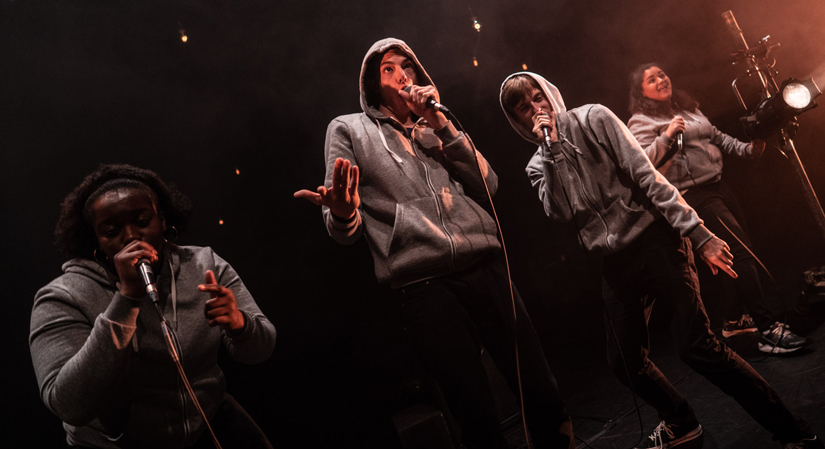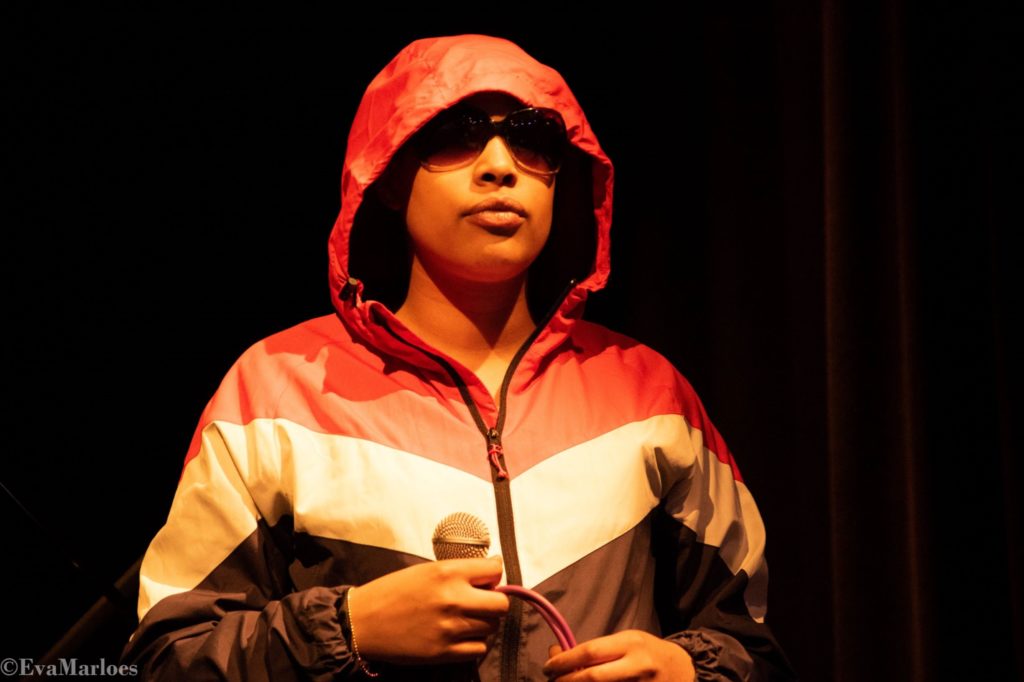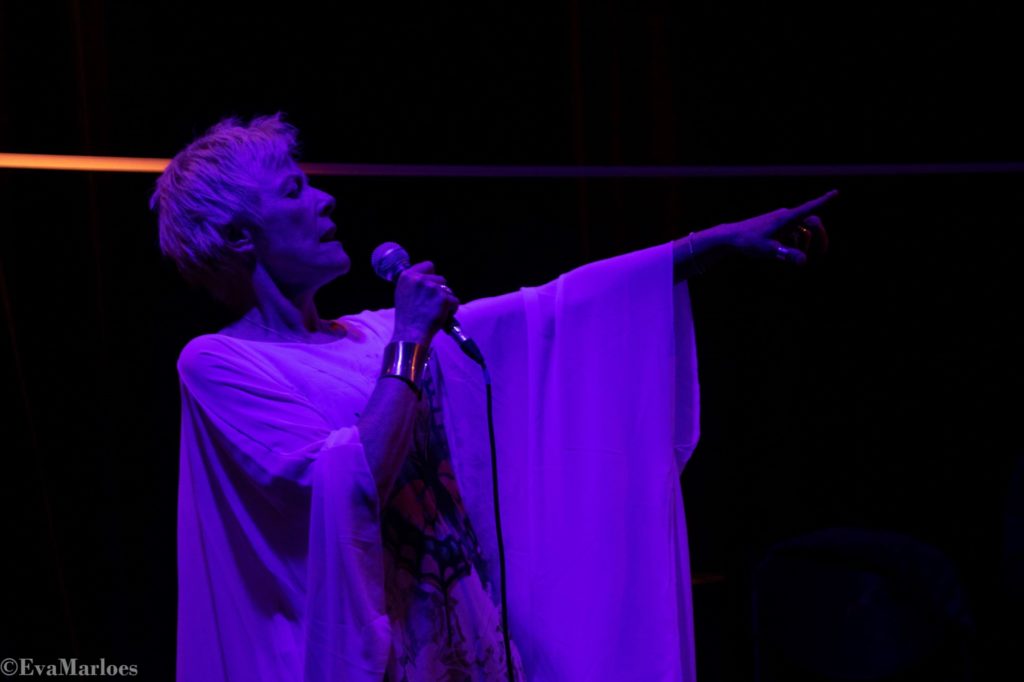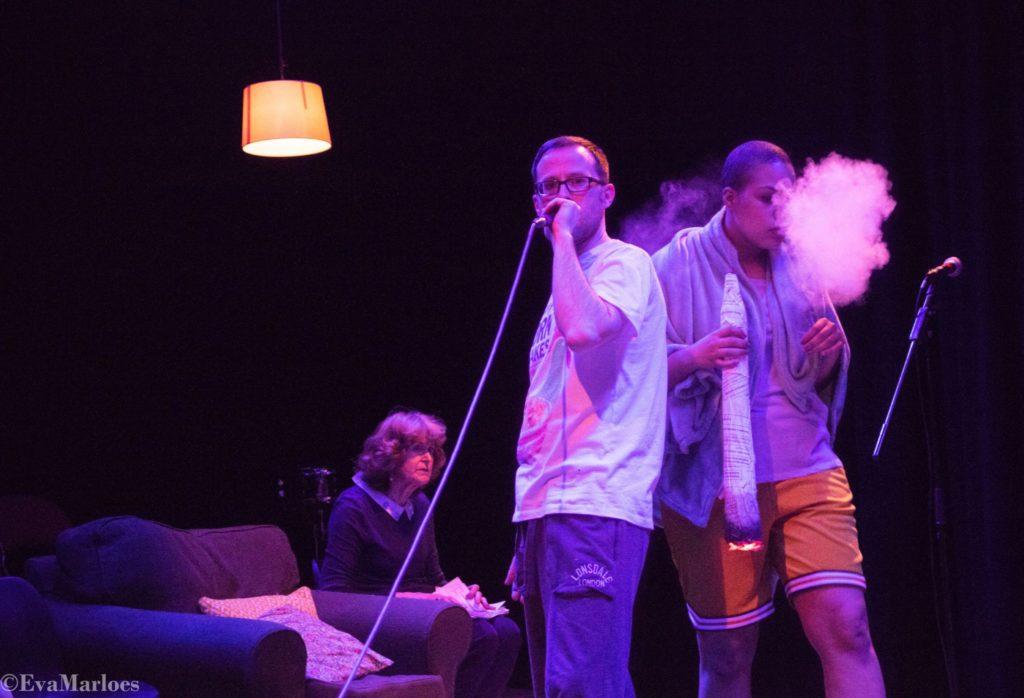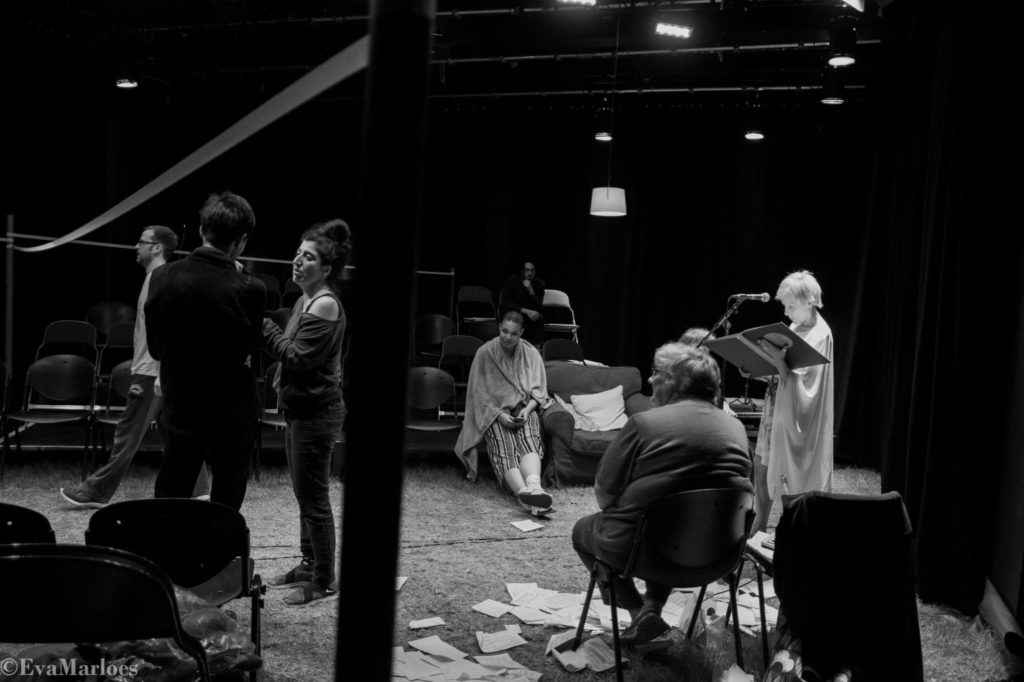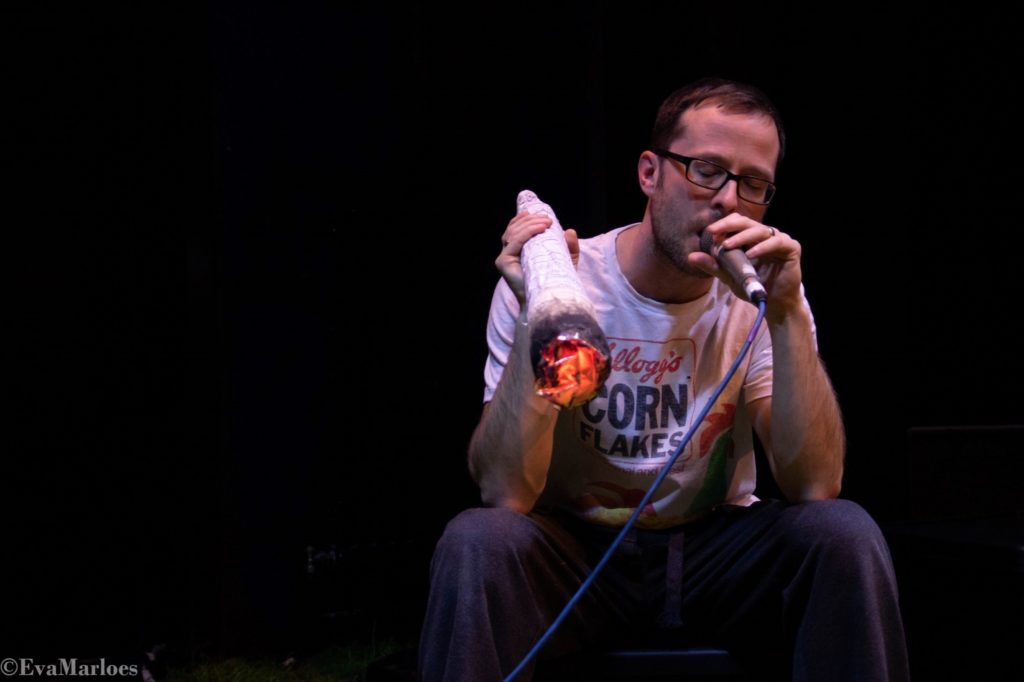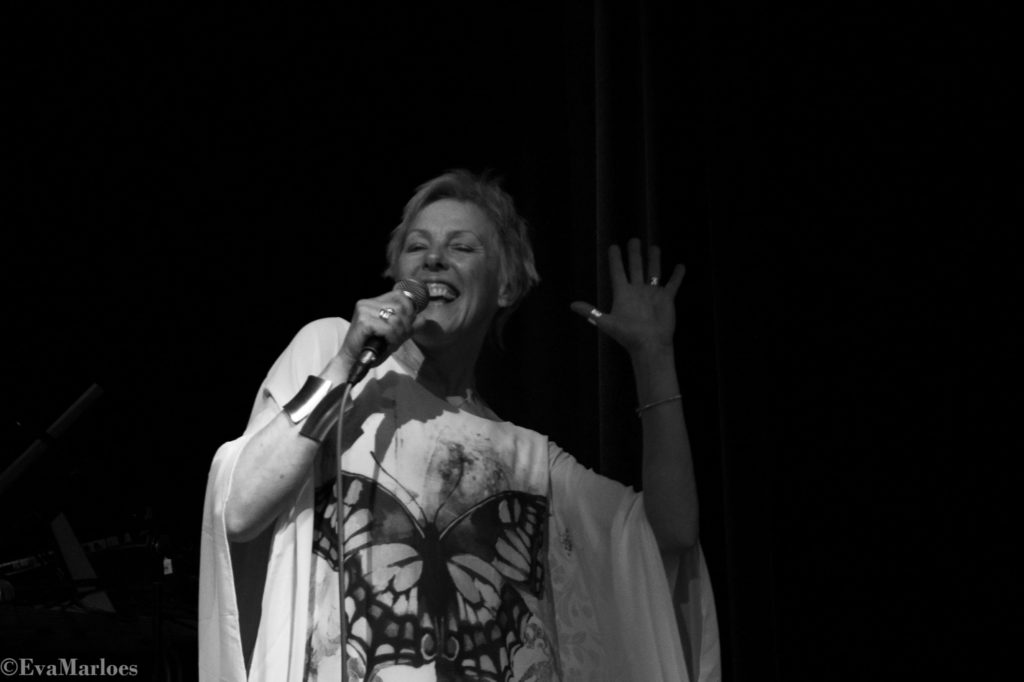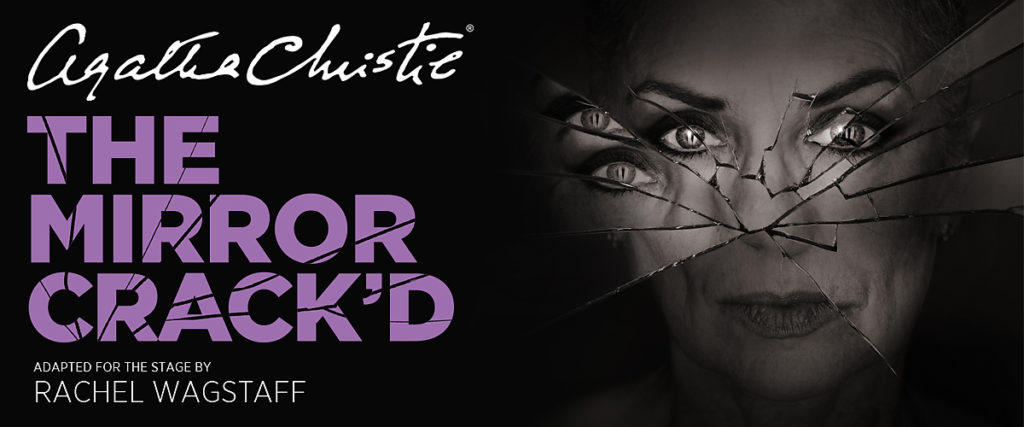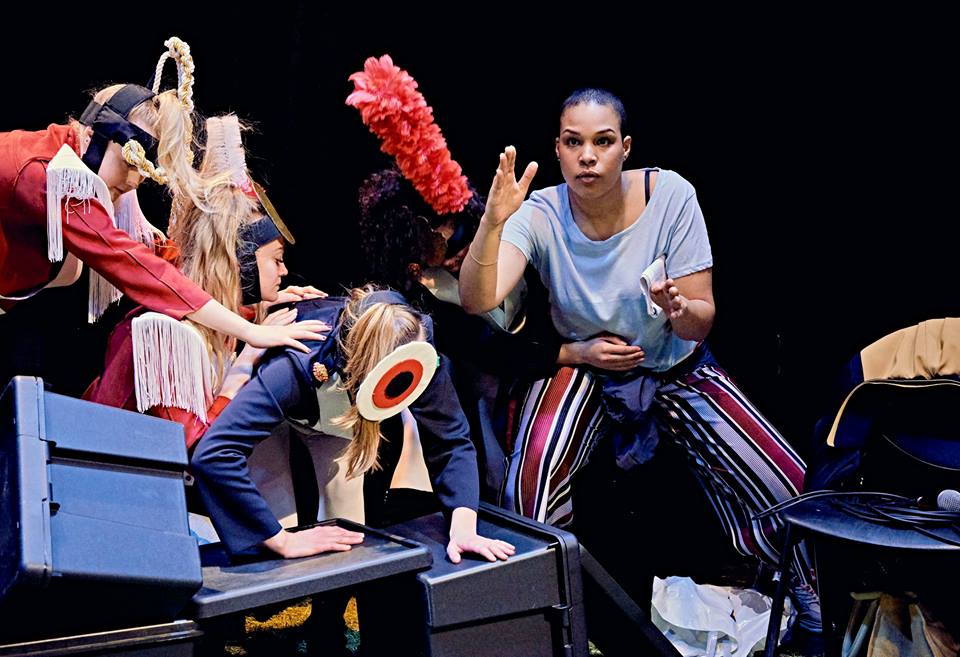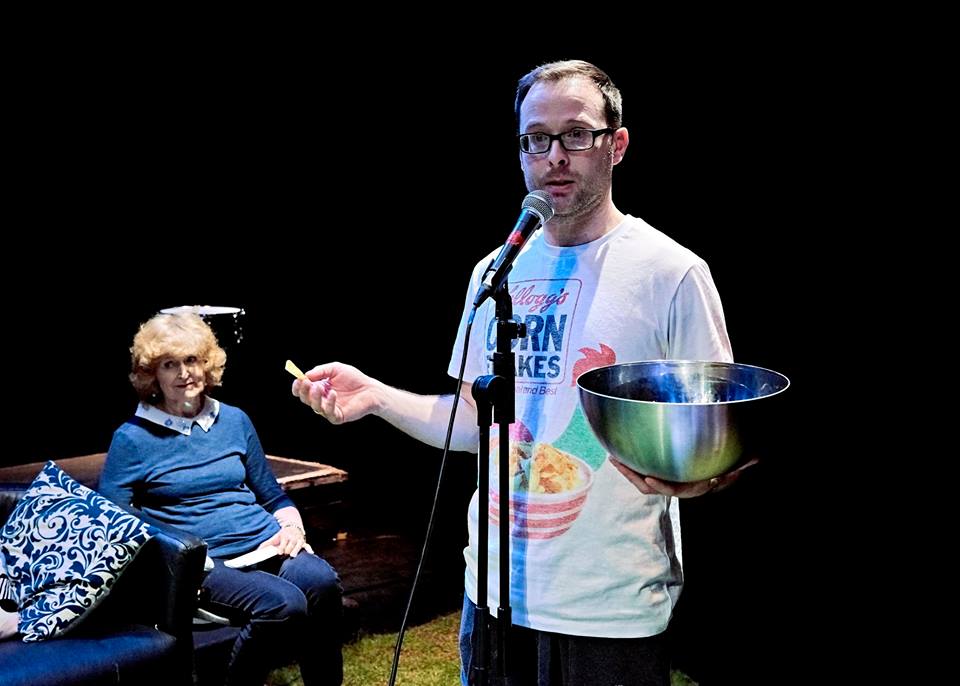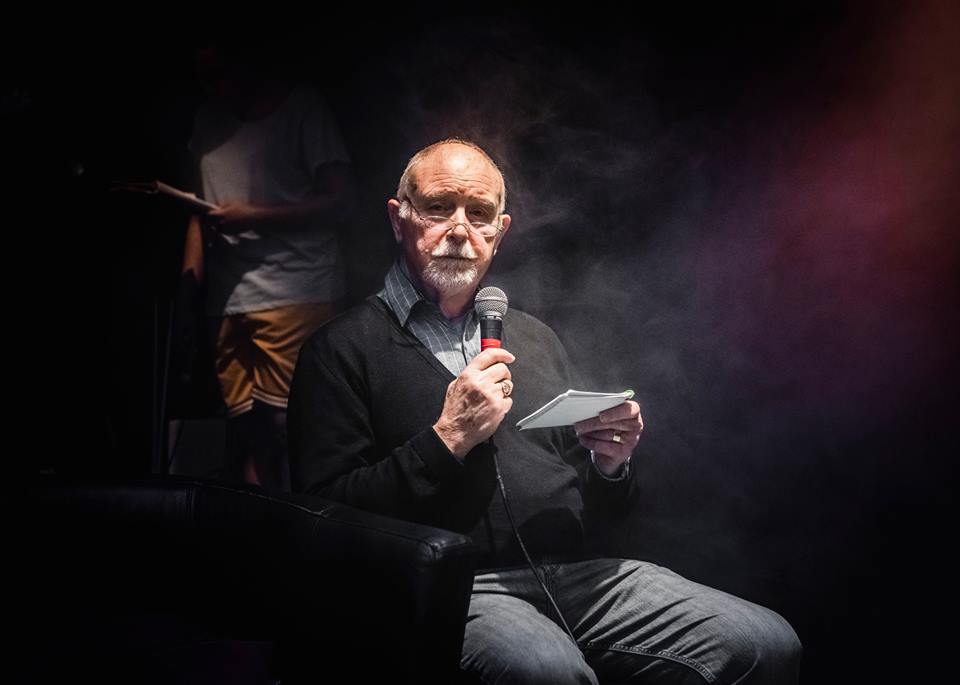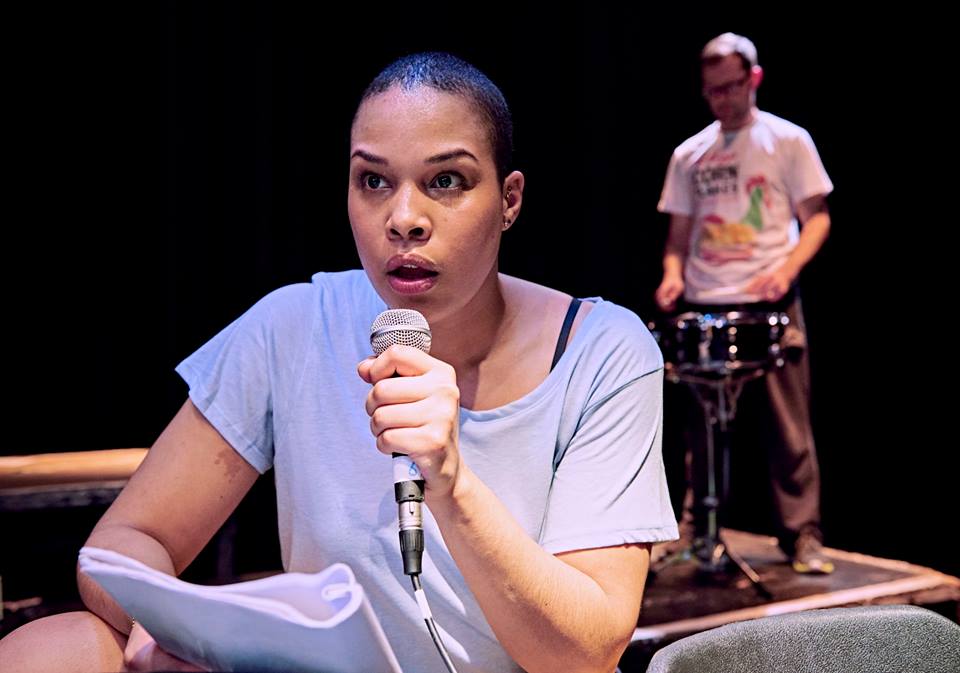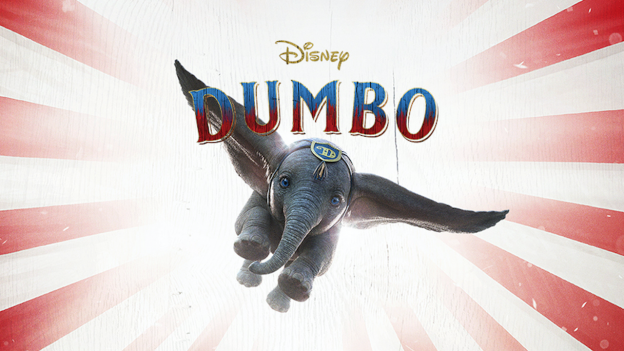
“DUMBO, a major, major work. Yeah the perfect film, each sequence is totally self contained, totally complete and still pushes the picture forward.”
Sidney Lument, in conversation.
 (3 / 5)
(3 / 5)
After rewatching the original DUMBO fairly recently I can attest to this statement. It is one of the most accessible and clear storytelling examples in cinema, every shot and emotion they intend to convey both from the characters and the scene rings perfectly clear.
So the question is “Why remake it?” The answer is, no real reason. really I guess I should end the review here but I should fully explain everything. A remake should take the ideas and feeling of the original but still make it it’s own thing or at least introduce some new elements and update it appropriately. But when you have something so timeless and so close to perfect your only real place to go is down.
So our story opens in 1919, and two children, Milly (Nico Parker) and Joe (Finley Hobbins) they run through a circus which is their home and run by Max Medici (Danny DeVito) the ringleader and to the train station to their father Holt (Colin Farrell) who’s back from the war, it cost him his left arm but he’s happy to be home with his children, unfortunately his wife died while he was away. You shouldn’t really care, the movie and the characters don’t so let’s move on.
Medici has made an investment, he bought a big elephant by the name of JUMBO, who is expecting to give birth any day soon. One night she goes give birth and the little baby emerges from hiding within a stack of hey. However, it is not what they were expecting, because this baby has unusually large ears. They do their best to cover them up but during one performance the people see his ears and due to a rather clever accident with the sign he gets named DUMBO. However, the children then learn that, with the encouragement of a feather, his big ears can be used as wings, they have a flying elephant, that’ll attract paying customers.
Being that DUMBO is an elephant and this is not a talking animal movie he is entirely silent throughout the movie, conveying his thoughts and emotions through his big blue eyes (this is how it should be). But being that they can’t let too much time go by without dialogue so we have two children explaining things to the audience and guiding him on his journey. This isn’t really necessary and these children just aren’t very good actors, they are either overacting or just being stonefaced throughout as well as their poor dialogue that flat-out, directly tells the audience everything.
Being that Tim Burton is behind the camera I would expect one thing before anything else, a strong visual flair. He brings that here, he has made a career out of skeletons, clowns and theme parks. He sinks his visual teeth into these images creating elaborate, slightly frightening and elaborate images that make them seem like something more out of a fairytale than real life.
One of the movies greatest strengths is also one of it’s greatest weaknesses and that is Michael Keaton as the villain V.A. Vandeverer. Keaton made his name by working with Burton first in Beetlejuice then in his two Batman movies. His career has made a resurgence recently with Birdman and Spider-Man: Homecoming, where he flexes his theatrical and sinister muscles like a man that sells joyous wonder to the people while himself is only driven by greed and narcissism. This character is a clique and is given lines that would fit a forgettable villain during the nineties but even then he is able to take them and make them wonderful zingers. However, no matter how much Keaton elevates it, the question remains, why does DUMBO need a villain? It’s DUMBO, one of the simplest stories ever told and was devoid of a villain because it was not necessary, it was composed of the problem of separation, not all this greed and contract complexities. Plus some of his character’s decisions simply don’t make sense, in one point in the movie everyone (including him) is given a chance to get everything they want and he turns it down simply to be the villain. This doesn’t make any sense, making a decision against the characters needs is one thing but this would serve him too so whys would he do this? No real reason, besides poor writing.
This wouldn’t really be DUMBO without the inclusion of the Pink Elephant sequence. Well, to be sure they do make an appearance but in their own unique way that is quite stylized and fun (I’d be disappointed if it was mundane, especially with Tim Burton behind the camera).
This movie is distinguishable from the original which shows that there are thinking independently. So far out of these movies, I would say the laziest is Beauty & The Beast. This is not a terrible movie and children will most likely be entertained and probably everyone will think the elephant is cute. But still, I have yet to see one of the remakes where I would say they improved on…well anything. For this movie, it’s not a waste of time but a much better use of it is to see the original again.R


 (4 / 5)
(4 / 5)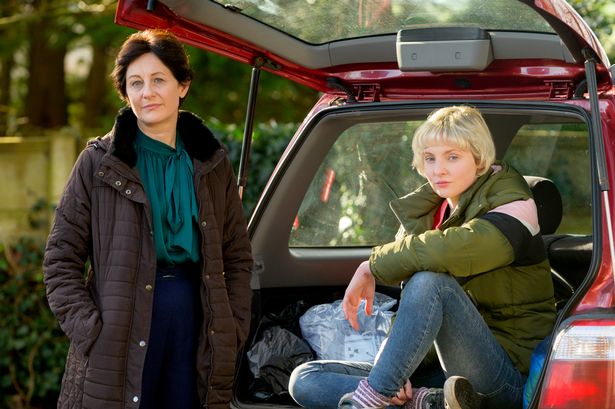
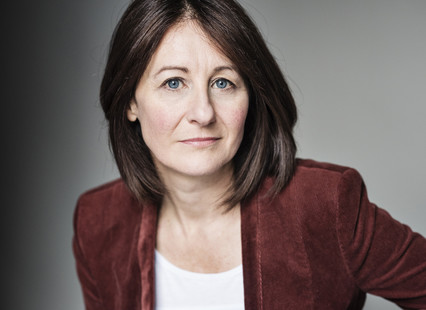
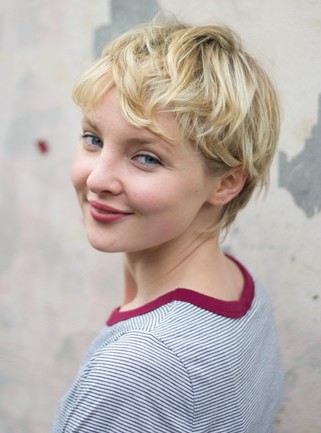

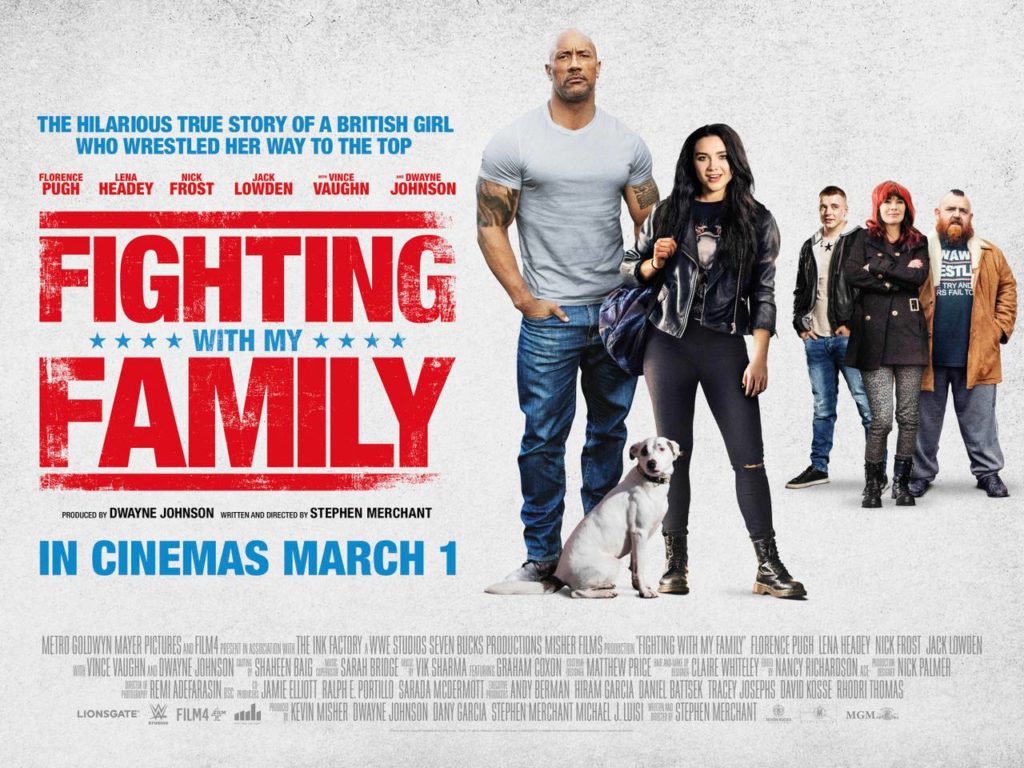
 (5 / 5)
(5 / 5)